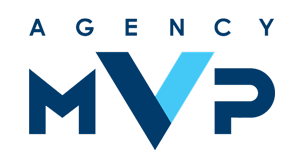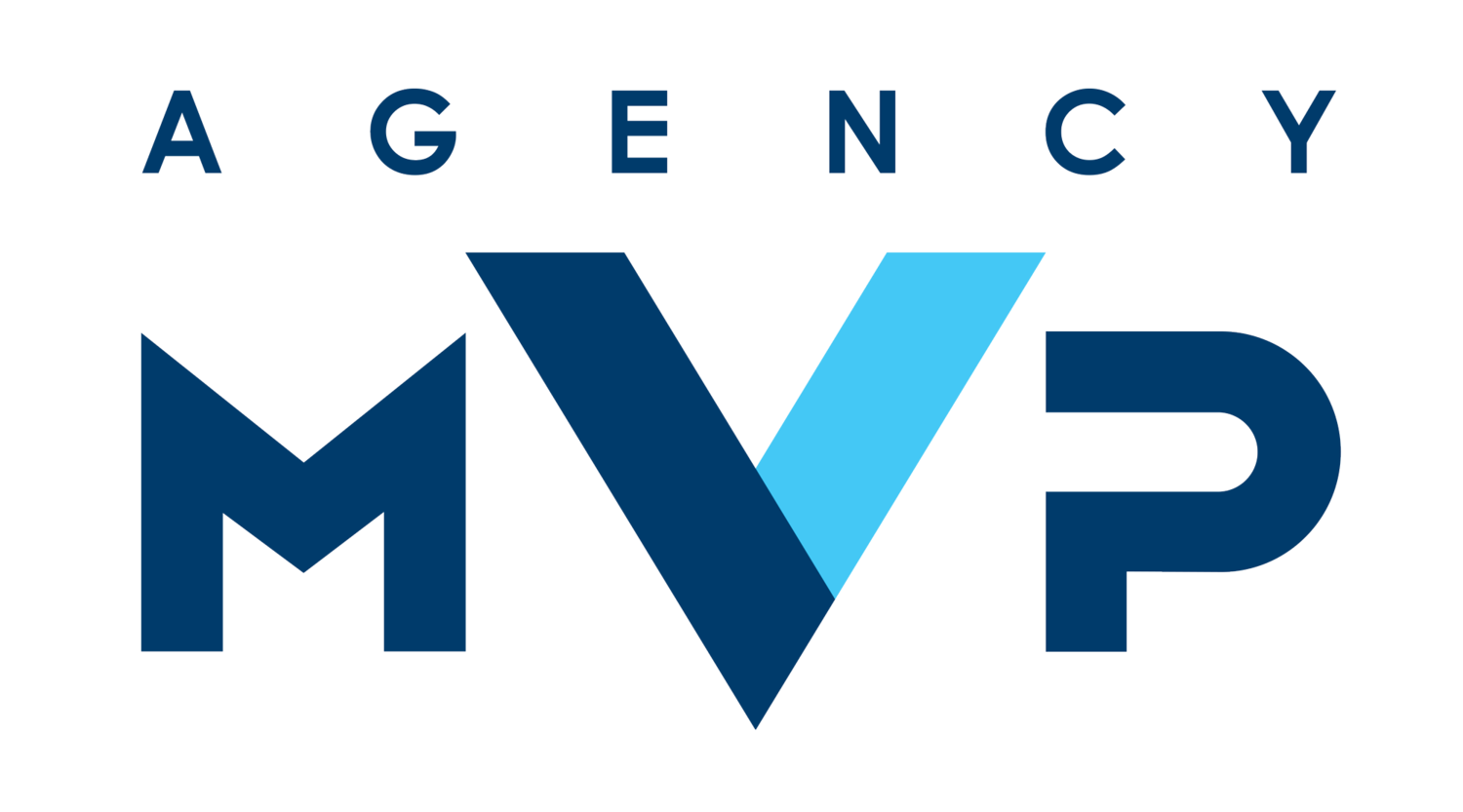9 Insurance Agency Staffing Models for Maximizing Growth
Staffing an insurance agency requires detailed, careful attention and lots of prior planning. Data-driven decision-making is also crucial to ensure you hire individuals with the highest levels of expertise and who will manage your clients well to ultimately grow your business.
Still, it's challenging to know who is and isn't suitable for your company. Using these models and techniques listed below, you can confidently staff your agency to scale and maximize your agency's growth potential.
Using the Erlang Call Center Formula to Scale Your Staffing
One of the most important things to consider when staffing your insurance agency is the efficiency with which your call employees can pursue leads and generate conversions. For instance, imagine that you have 30 staff members in your call center. However, only 20 of them maintain high call volumes with reasonable talk time with each inquiring client.
Since so many of your staff are performing relatively inadequately, you may want to take some time to evaluate whether they're fulfilling their job duties effectively. To do this, it's best to use software like the Erlang C tool to calculate staff performance standards. The three primary values include: (Source: Westbay Engineers; Stella Connect)
Calls per hour
Call duration
Average delay
Based on your calculations, you can easily determine how many staff you need to maintain specific wait times, allowing you to maximize your services within the workday's constraints.
Determine Call Performance Standards
Another way to use your desired call performance standards to determine staffing is to assess the specifics of how you want your agency to perform in the future. This is a more proactive method than monitoring current company trends to adjust your present employee composition.
Some of the key points to focus on when using this staffing model include:
How quickly your staff answer phone calls. Ideally, this should be 30 seconds or faster.
Call abandonment rate. This represents how often customers hang up the phone before they either reach the agent or before the agent completes the requested service. It should be 10% or lower. (Source: Investopedia)
Average call length. This depends on what type of insurance agency you run and what department calls you're monitoring. For instance, Claims Processing will require significantly more time for calls than Underwriting or Marketing.
This staffing model requires industry research to help you shape reasonable expectations and ultimately determine how many staff you need to meet those standards.
Using a Software Program to Measure Your Staffing Needs
Using comprehensive software programs to determine your insurance agency's staffing needs can be easier and faster than the previous two strategies. Some of the most popular software programs to use for this purpose include Invision and Impact 360.
These programs monitor similar data as those mentioned above. However, the calculations may be far more advanced and yield more precise information on your agency's performance and needs than you can get on your own. Some of the primary values and calculated data points include:
Peak hours of business
Call statistics
Forecasted staff volumes per business interval
Staffing Your Agency Based on Geographic Region
Public demand for insurance may differ based on where you're based. For instance, imagine that you run a car insurance agency. In this case, you'll likely need far more people in your California locations compared to a less populated area like Wisconsin.
This is an ideal staffing model for business owners who have multiple locations throughout the country. Note that you can still use this method if you only have one office. However, those with multiple sites will be better prepared to distribute work equally across their entire employee base.
For example, suppose your staff on the West Coast are overwhelmed with claims and sales. In that case, you can redirect those responsibilities to headquarters in the Midwest or East without compromising the quality of service.
Using the CHP Model for Claims Operations
The Claims Handling Process (CHP) is a critical component in your insurance agency's functionality and industry success. The CHP model's overarching goal is to understand the CHP system's trends and predict the operation efficiency based on various input values. This is essential to scaling your staffing appropriately.
As past research states, "[The] higher number of claims reps, the larger the claims handling capacity of the system, leading to faster settlement of claims." With rapid settlements comes higher customer satisfaction levels, and ultimately, higher conversion rates and earned profit. Critical points of interest in this staffing model include: (Source: Mathematical and Computer Modelling)
Assets and staff needed to initiate the claims process
Necessities for claims investigation
Time and assets required, and financial risk associated with the evaluation of claims information
Expertise required to negotiate with the insured party
Time and financial investment into claims settlement
In short, your primary concerns in using this staffing model are the volume of human resources needed to manage this division (typically managed annually, based on forecasts related to insurance policies sold), control and monitoring of the CHP system, and establishing and training appropriate CHP procedures.
Staffing by Roles Needed
One of the most straightforward ways to staff your insurance agency effectively is to fill the roles as needed. The ideal way to structure your corporate team is as follows:
Department Managers (Operations, Claims, Office): This requires the lowest number of people relative to the other departments.
Accounting: You could hire only one person for this job. However, as your company grows, your accountant will inevitably become overwhelmed, so you'll need to recruit more people for this work.
Sales: This is arguably the most important portion of your company and will undoubtedly be the largest group. Further, the sales team is the one that requires the most attention for scaling. Start off conservatively to ensure you get the best expertise to maximize company growth, and add to the department as the need arises.
Consider a Variable Staffing Model
This is one of the most cost-effective approaches to staffing your insurance agency. Instead of committing to an entire full-time staff, you could save your company a significant amount of money by developing a "run lean” mentality, meaning you only hire permanent support where needed and fill other roles temporarily.
This method is also conducive to optimal scaling, as you won't have to worry about having too many staff in seasons of low business activity. Plus, it cuts the amount of time required to train new employees, as you can hire experts to immediately fill professional roles concurrent with business spikes. (Source: The Jacobson Group)
Outsourcing Work for Optimizing Growth Potential
This is similar to the variable staffing model discussed above. However, the primary difference is that the variable model still requires you to hire talent. In contrast, outsourcing doesn't necessitate putting new people on the payroll.
Outsourcing work for your insurance agency provides many of the same benefits that the variable model does, including: (Source: Financial Statement Services)
Cut costs
Eliminates the need for training
Highly conducive to scalability
Be careful with the roles you outsource for, otherwise you risk damaging company consistency in certain departments. The best work to outsource for an insurance agency includes data and documentation processing, customer service (general inquiries), and IT.
Continuous Monitoring and Incentivizing
This isn't exactly a one-and-done staffing model. This practice occurs continuously and can be combined with any of the methods above. Essentially, an incentivized staffing model based on individual work performance statistics allows you to maintain the optimal employee base at all times.
This ensures that your business will grow consistently throughout the year, as your staff will always perform at their best, motivated by frequent staff evaluations (and feedback), commissions and bonuses, and similar rewards.
The best way to monitor their performance in the meantime is by using the Caliper Profile. This is a scientific assessment that takes an employee's personality and career motivations into account to evaluate current behaviors and predict future habits. (Source: Caliper Corp)
In Conclusion
Staffing an insurance agency can be an overwhelming responsibility. Hiring too many people could cost you money, but too few (especially with inadequate experience) could cost you potential earnings and company growth. The best staffing models that are conducive to maximizing your agency's growth include:
The Erlang Call Center Formula
Staffing based on call statistics
Software-determined staffing
Staffing related to geographic region
CHP Model
Staffing by role
Variable Staffing
Outsourcing
Continuous monitoring and incentivizing
Each of these methods ensure that you'll hire only the most qualified experts and that you scale your business appropriately as demand ebbs and flows.


